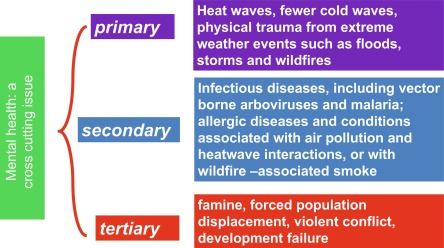From 2019 to 2022, a nationwide project funded by the GEF built and strengthened mechanisms to help conserve agrobiodiversity, and one of the territories chosen was the Purhépecha region (Michoacán). This paper systematises the project's impacts in the TASs of Michoacán and rescues the critical methodological elements that served for its successful implementation.
This study explores how literacies are intertwined with social practices and shaped by ethnolinguistic and cultural histories, based on research with Indigenous language learners and facilitators in Mexico.
Handbook of Nanomaterials: Electronics, Information Technology, Energy, Transportation, and Consumer Products: Volume 1, Volume 1, 1 January 2024

